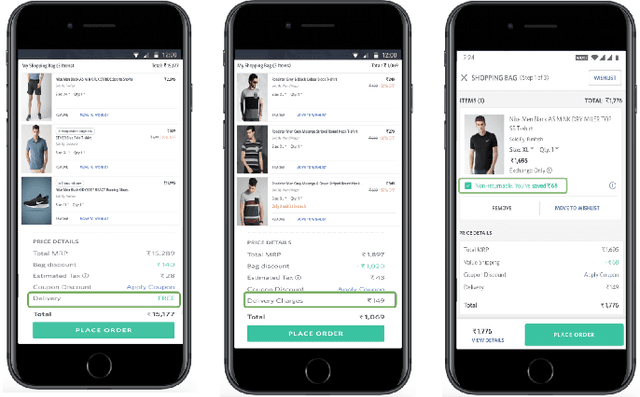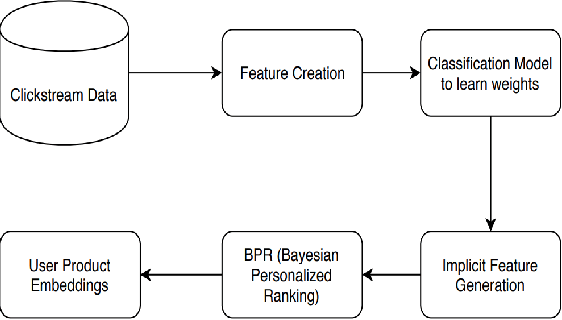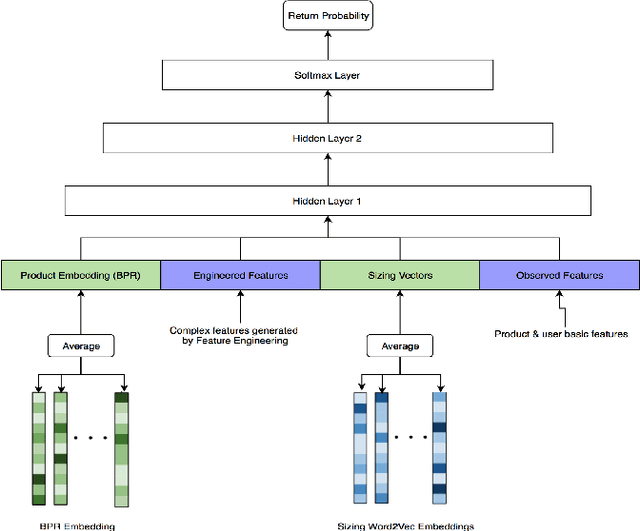Sajan Kedia
Price Optimization in Fashion E-commerce
Jul 10, 2020



Abstract:With the rapid growth in the fashion e-commerce industry, it is becoming extremely challenging for the E-tailers to set an optimal price point for all the products on the platform. By establishing an optimal price point, they can maximize overall revenue and profit for the platform. In this paper, we propose a novel machine learning and optimization technique to find the optimal price point at an individual product level. It comprises three major components. Firstly, we use a demand prediction model to predict the next day demand for each product at a certain discount percentage. Next step, we use the concept of price elasticity of demand to get the multiple demand values by varying the discount percentage. Thus we obtain multiple price demand pairs for each product and we have to choose one of them for the live platform. Typically fashion e-commerce has millions of products, so there can be many permutations. Each permutation will assign a unique price point for all the products, which will sum up to a unique revenue number. To choose the best permutation which gives maximum revenue, a linear programming optimization technique is used. We have deployed the above methods in the live production environment and conducted several AB tests. According to the AB test result, our model is improving the revenue by 1 percent and gross margin by 0.81 percent.
Early Bird Catches the Worm: Predicting Returns Even Before Purchase in Fashion E-commerce
Jun 28, 2019



Abstract:With the rapid growth in fashion e-commerce and customer-friendly product return policies, the cost to handle returned products has become a significant challenge. E-tailers incur huge losses in terms of reverse logistics costs, liquidation cost due to damaged returns or fraudulent behavior. Accurate prediction of product returns prior to order placement can be critical for companies. It can facilitate e-tailers to take preemptive measures even before the order is placed, hence reducing overall returns. Furthermore, finding return probability for millions of customers at the cart page in real-time can be difficult. To address this problem we propose a novel approach based on Deep Neural Network. Users' taste & products' latent hidden features were captured using product embeddings based on Bayesian Personalized Ranking (BPR). Another set of embeddings was used which captured users' body shape and size by using skip-gram based model. The deep neural network incorporates these embeddings along with the engineered features to predict return probability. Using this return probability, several live experiments were conducted on one of the major fashion e-commerce platform in order to reduce overall returns.
 Add to Chrome
Add to Chrome Add to Firefox
Add to Firefox Add to Edge
Add to Edge